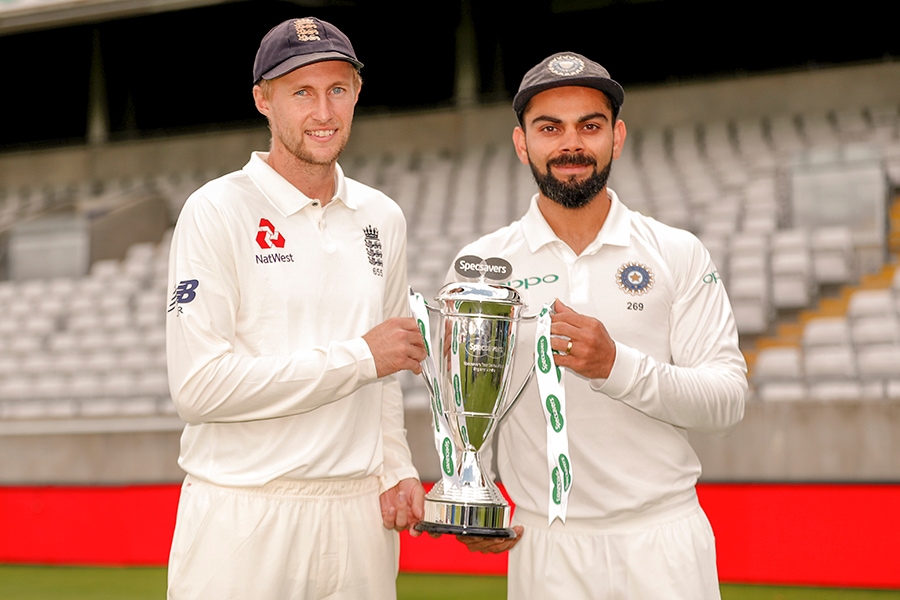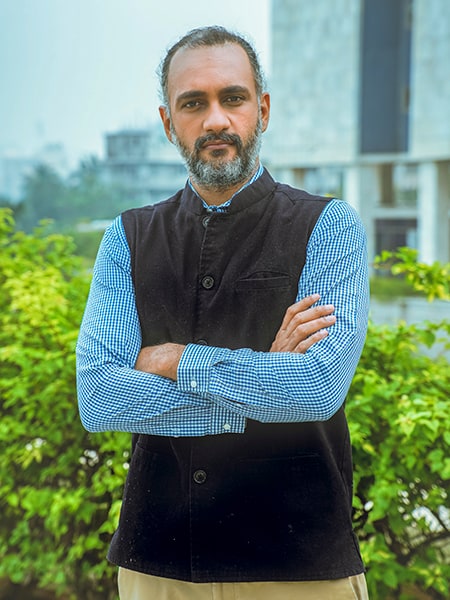
Regional push leads to 10% hike in subscriber base in 5 months: Star TV Head-Sports
Covid-19 fails to dampen broadcast business; IPL biggest of all time, surge in advertisers for India-England series, says Sanjog Gupta
 Captains Joe Root and Virat Kohli with the trophy before the start of the four-match Test series between India and England
Captains Joe Root and Virat Kohli with the trophy before the start of the four-match Test series between India and England
Image: Andrew Boyers/ Reuters
Q. We’ve seen very little live sports action in 2020. From a business perspective, how did this impact revenues for FY21?
The only two big sporting events that happened in 2020 were the Indian Premier League (IPL) and the India Super League (ISL). For IPL, there was clearly a pent-up demand that led to its success and a genuine rise in advertiser interest. We have also seen a 23 percent increase in consumption compared to 2019: IPL 2020 has been the most-watched IPL of all time with 31.57 million average impressions compared to 27.3 million last year.
This year, for IPL, we’ve had more advertisers than we've ever had before, including some new categories like FMCG coming on board. We have seen this advertiser interest carry forward and magnify for India-England as well with 18 sponsors, which is a fairly significant number for a bilateral series. A lot of categories for advertising that remained muted over the last four-five months are also making a comeback now.
One of the big factors is also that the sentiment in the economy is turning positive. This could also be due to the fact that cricket is coming back to India. Second, a good opposition team like England, which is a T20 World Cup finalist and one of the best Test teams.
With ISL, the good thing was that a lot of its earlier clients, including the title sponsor, Hero, came back despite the impact of the pandemic. Also, we have seen a massive growth in ratings, especially with SC East Bengal and ATK Mohun Bagan joining in this year and tapping into markets like West Bengal—a core football market.



 Sanjog Gupta, Head-Sports of Star TV
Sanjog Gupta, Head-Sports of Star TV




